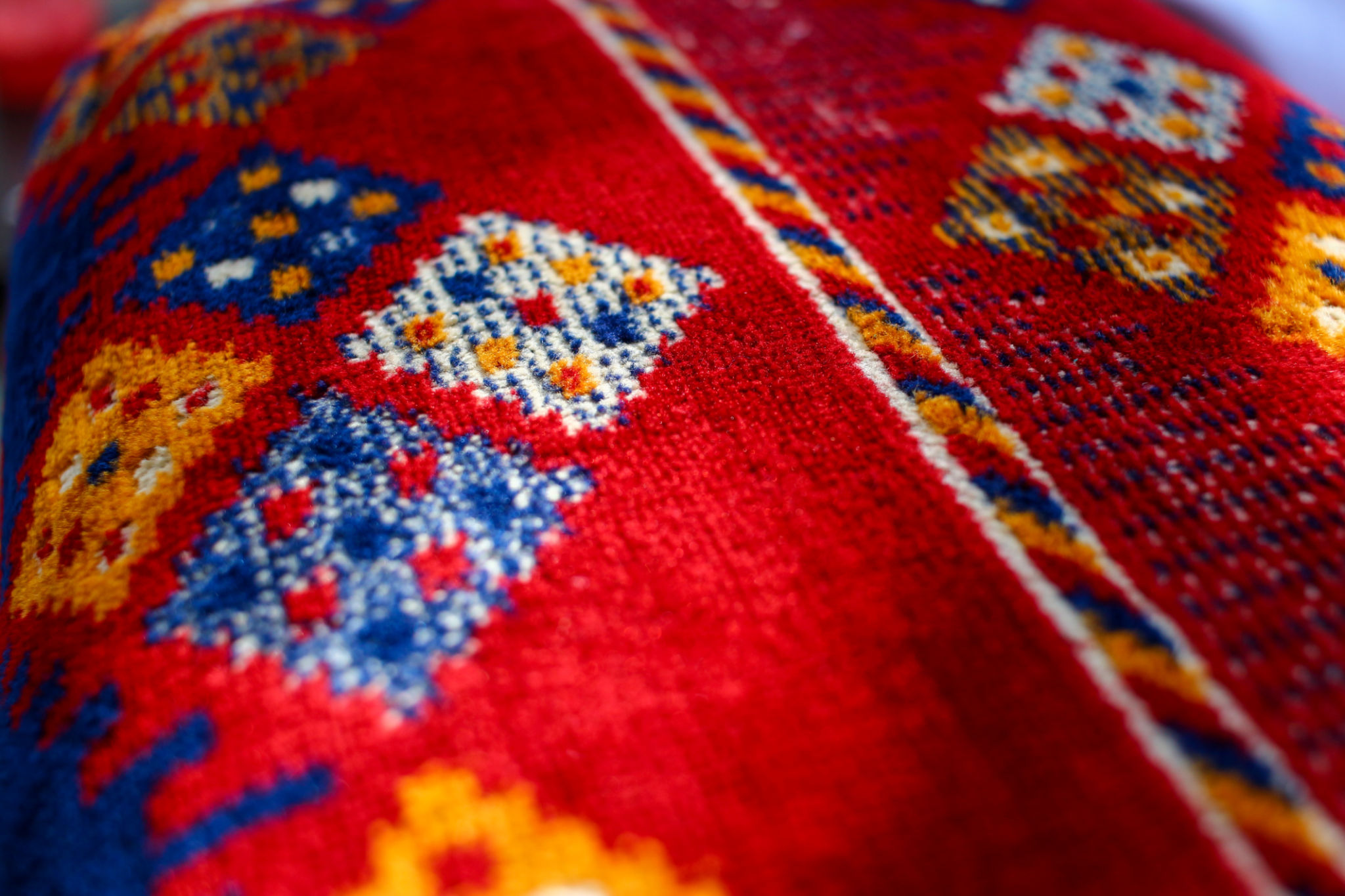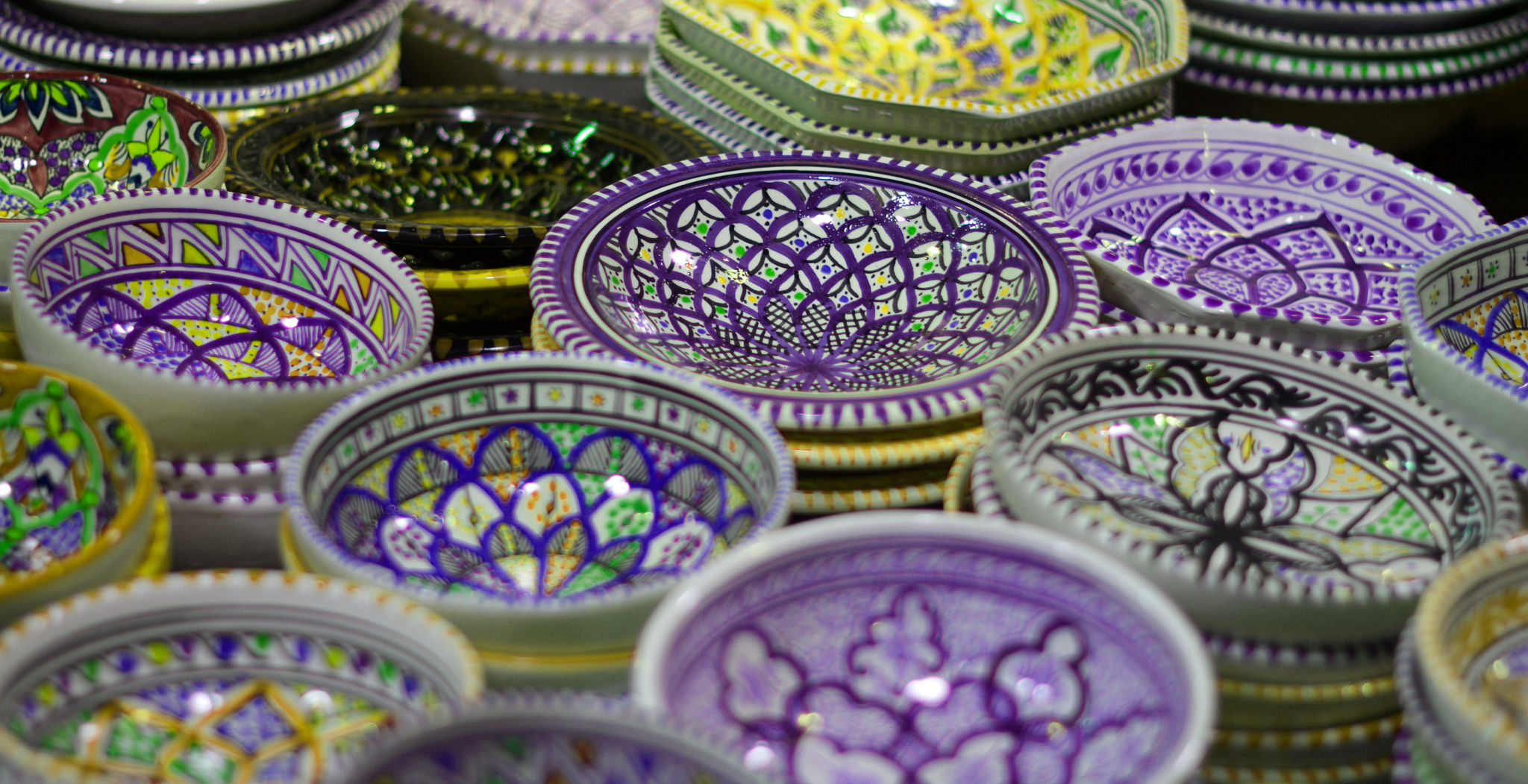A Guide to Understanding Saudi Artisan Crafts: Materials and Techniques
Exploring the Rich History of Saudi Artisan Crafts
Saudi Arabia boasts a rich tapestry of artisan crafts, with techniques and materials that have been passed down through generations. These crafts are deeply intertwined with the country's cultural heritage and provide a unique glimpse into its history and traditions. From intricate embroidery to delicate pottery, the artistry and skill of Saudi artisans are truly remarkable.
The diversity of Saudi artisan crafts is a testament to the country's varied landscapes and resources. Each region has its own distinct style, influenced by local materials and cultural practices. Understanding these crafts involves exploring both the materials used and the techniques honed over centuries.

Materials Used in Saudi Artisan Crafts
Saudi artisans utilize a wide range of materials, each chosen for its availability and suitability for specific crafts. Common materials include:
- Clay: Used extensively in pottery, clay is sourced from different regions, each providing unique textures and colors.
- Textiles: Wool, cotton, and silk are commonly used in weaving and embroidery, often dyed using natural pigments.
- Metal: Gold, silver, and copper are crafted into stunning jewelry and metalwork.
The choice of material often dictates the craft's style and function. For instance, the vibrant textiles of Asir are known for their bold colors, while the delicate silver jewelry of Najd reflects a more intricate aesthetic.

Traditional Techniques in Saudi Artisan Crafts
The techniques used by Saudi artisans are as diverse as the materials they employ. Mastery of these techniques is often achieved through years of apprenticeship and practice. Some notable techniques include:
- Weaving: A traditional craft in many regions, weaving involves creating intricate patterns on looms using threads of various colors.
- Embroidery: Skilled artisans use needle and thread to create detailed designs on fabric, often incorporating symbolic motifs.
- Pottery: Potters shape clay by hand or wheel before firing it in kilns, resulting in robust and functional pieces.
These techniques are not only art forms but also hold cultural significance. For example, the geometric patterns in weaving are often symbolic, representing stories or beliefs passed through generations.

The Cultural Significance of Artisan Crafts
Artisan crafts in Saudi Arabia are more than just aesthetic pursuits; they are a vital part of cultural identity and heritage. These crafts serve as a medium for storytelling, with each piece reflecting the artisan's connection to their history and community.
The preservation of these crafts is crucial for maintaining cultural diversity. Efforts to support artisans ensure that these skills continue to be passed down, providing economic opportunities while safeguarding cultural knowledge.
By understanding the materials and techniques of Saudi artisan crafts, we not only appreciate their beauty but also recognize their importance in linking past traditions with future generations. Engaging with these crafts allows us to celebrate the rich cultural tapestry that is Saudi Arabia.
